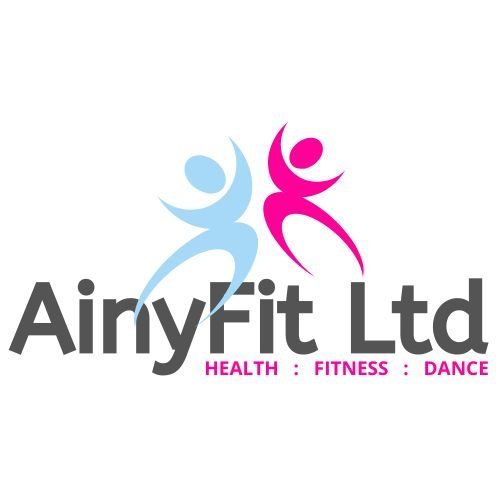If you’ve ever done a really hard workout session or pushed yourself more than usual, you’ve probably felt the next day all kinds of aches, pains or stiffness. Is it normal for your muscles to be stiff after training? Yes! Is it normal have sore joints? No!
But how do we know how what’s acceptable? Or normal? Or are we doing something wrong ...
What is DOMS and Why Does it Happen?
If you push your body harder than usual, use new movements or do lots of eccentric reps (negatives) then you’ll most likely experience DOMS which stands for “Delayed Onset Muscle Soreness”. Even though it’s really common, no one is certain what exactly cause DOMS, but ultimately the pain you feel is the result of damage to muscle cells. Don’t worry though – it is totally normal and can last anywhere between 24 to 72 hours. The muscles affected might feel stiffer and weaker while they’re being repaired.
As you get more experienced training, and use sensible weight/rep progressions, the level of DOMS you experience will decrease and possibly disappear altogether unless you try something new!
A small amount of muscle soreness after training is ok and it shows that you’re at the sweet spot of pushing your body enough to get stronger, while still giving yourself enough recovering and not totally wrecking yourself.
Your goal should be to keep to that level of good recovery while increasing the amount of work you can do! Whether that be lifting more weight, running a further distance, or building a more advanced skill. If you can do more stuff and your stuff feels ok, then you’ve gotten stronger!
A “Good Sore” vs. a “Bad Sore”
“Good sore” is when your muscles feel like they’ve been challenged. If you repeat the same movement(s) you were working on and you’re very aware of the muscle moving! But it returns to normal after a day or two. That’s normal after a tough training session!
“Bad sore” is when you feel soreness or pain in a joint, like a knee, elbow, your neck, shoulder joint itself - not the surrounding muscles. Even if that pain goes away after a few days THAT IS NOT NORMAL and will have a high probability of turning in to unhelpful inflammation or an injury.
So Why Does Bad Soreness Happen?!
1. The exercise you’re doing is too hard for you right now
2. You’re performing the movement incorrectly
3. Your mobility limits your ability to move efficiently
For you, it could the one of those reasons, it could be two combined, or it could be a sugar-storm of all three! Let’s see what we can do about these things and eliminate bad soreness for good!
1. The Exercise You’re Doing Is Too Hard for You Right Now
It's important to have a reference point for exercise difficulty. When you’re a beginner it’s easy to get swept up in your enthusiasm and try to work at the same level as people who’ve been training for years …and then wonder why you get hurt!
A good rule of thumb is: if you can't perform an exercise at its most basic form unweighted, pain-free, with stability & good confidence then you shouldn't add weight or complexity.
Make sure you can achieve the start and end positions well and move between them under control before adding speed or challenge. Doing too much in one session can stress your joints and muscles through lack of stability, strength, or endurance.
If you’re new to something just a few reps can cause the same breakdown in your muscles as an experienced individual doing a full hour of heavy movement!
2. You’re Performing the Movement Incorrectly
If you’re self-taught (which most of us are) it can be tricky as it's hard to tell if you're doing something correctly. Quite often what we think we’re doing and what we’re actually doing are two different things!
Filming yourself from different angles can help you check your form. Remember: just because you're getting stronger/faster doesn't mean you have good form! Bad habits can lead to injuries down the road, so it's important to always assess your technique.
You also want to engage with what you’re supposed to be feeling. Which muscles are supposed to be working? Do you feel like they’re the ones activating? Are they the same ones that are getting DOMS the next day? Always try to keep a beginner mindset and recap what you’re actually meant to be achieving when you’re training.
For example, after a squat session, do you feel your glutes, hamstrings, quads, adductors and core? Or do you just feel your quads and have sore knees?
If you feel “bad sore” after training it’s not a case of “no pain no gain”, it’s a case of “not right, technique’s shite”
3. Your Mobility Limits Your Ability to Move Efficiently
Not only does improving your flexibility and stability make you feel better day-to-day, but it’s also essential for healthy joints when you’re training.
Doing multi-joint exercises without addressing these issues can lead to compensation from surrounding areas and ultimately, injury. I’m not just talking about squats or CrossFit, this also applies to runners, cyclists, swimmers – literally anything that challenges your body!
It’s also completely normal to feel stiffness as you work on improving your mobility. If you’ve ever fallen asleep with your arm in a funny position, the first few times bending your elbow are agony, but it improves as you get your range of motion back. Now apply that to any inflexible part of your body – you’ve not just had a 20 minute nap, you’ve had YEARS of not moving them fully!
But same as before, the pain shouldn’t be a “bad” sharp or nipping even if you do feel it in your joint. It should feel more like a dull ache that improves with time until it stops altogether!
Learn to Listen to Your Body
In conclusion, feeling a little sore or stiff after a workout is normal and can even be a sign of progress. There will always be fluctuations in the good soreness or DOMS you feel: as you get more active the less sore you’ll be, though in times of illness or long layoffs from training your tolerance will decrease.
The same goes for the bad soreness, you may go through long period of feeling fine, then suddenly a knee pain will creep in or a shoulder will start feeling niggly. If this happens then you need to go back to the three points we went through earlier, see what the cause might be and fix it before it becomes a big issue!
- Mobility / Foundation
- Endurance / Technique
- Strength / Speed
The problem is, as a whole we’re a very impatient species. We want to do something… so we do it! We jump right into the Strength/Speed phase, trying to get stronger, faster, better straight away without any of the prep work.
If you weren’t plucked out of school and given professional gymnastics coaching from a very early age, chances are you have a few bits and bobs that aren’t moving correctly, so unfortunately so many people get injured and then disheartened after trying something new.
Follow Us
All Rights Reserved | AinyFit Ltd/Alison Fry


